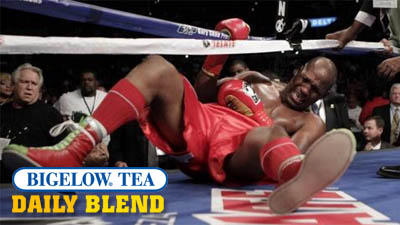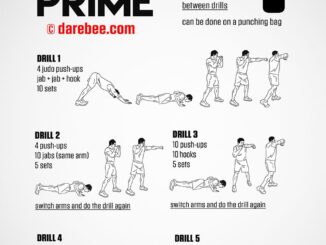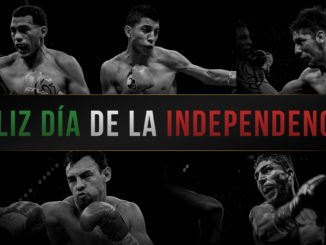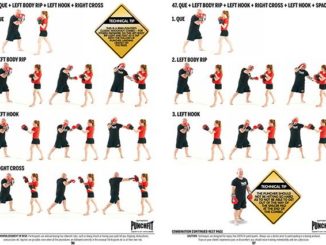
Bernard Hopkins just took a portion of the light heavyweight belt from Antonio Tarver in a one-sided beating in Atlantic City. Hopkins proves again that he is one of the better fighters in boxing history.
On the same night, Miguel Cotto defeated Paul Malignaggi to keep his share of the belt in the junior welterweight division in a rugged bout at Madison Square Garden in New York.
Question. How many people know these bouts took place? How many people watched this live? Overall, not many.
Boxing is a sport that usually costs quite a bit of dough to see live. Tickets often range from $30 or $40 to upward of $2,500. Thus, most people are pushed out and see it on television.
To make matters worse, most “non-pay” television networks like ABC or CBS have basically stopped showing boxing. Cable channels like ESPN, HBO or Showtime have stepped in and have become the big boxing providers of the day. HBO in particular is legendary in the boxing community. The network has shown and still shows the biggest fights year after year. This has helped the sport as HBO is the biggest pay network. However, nothing is like “free” television.
Unfortunately, another creature has stepped into this. It is known as “Pay-Per-View.”
Of course, “Pay-Per-View” was a concept that would promote the best of everything. That was how it started out. People would lay down their hard-earned dollars for “premium” events. As usual, time is always on the side of the vultures and the quality of these events is today anywhere from mediocre to disastrous. The Hopkins-Tarver fight was $50. The Cotto-Malinaggi fight was $40. Too much.
Worse, various promoters have labeled people as “suckers” for buying events that did not work out too well. Guys like promoters Bob Arum and Don King just shrug when people complain they’ve gotten taken.
PPV events are very clever in that they build-up the main event and put less and less into the undercard which for any true boxing fan is a big deal. Therefore, less money is paid to the undercard fighters and more goes into the promoter’s pockets. Fans? Yes, you get screwed again. The undercard will often have washed-up fighters or a sideshow like “Butterbean” who is(was) “King of the Four-Rounders.” Female fights will sometimes be thrown into the PPV madness due to the fact female fighters, with rare exception, make less money than their male counterparts. In some cases, a title fight will be between guys from a very low weight-class since they are paid less. Such fighters could “head-butt” you in the street and you would have no idea who they are.
Obviously money is being made. But at what cost? Less and less people are being exposed to boxing because of PPV. Basically, the hard-core fan is shelling out more and more. And only the few are making dollars off of this concept. Tons of fighters are not even known because many of the big fights are going to PPV. Again, no exposure from CBS, ABC or FOX. Anyway, how many boxers get to fight on PPV? Not many.
HBO is now heavily involved in the PPV concept. Basically, they show the main event from the PPV telecast on their channel the following week, but no undercard. So, it seems a lot of people just wait the following week to see the event.
Boxing was once among the elite of all sports. Now it is without question a “niche” sport. Bad promotions, limited access to major networks, high-costs and now, Pay-Per-View, is limiting its exposure to the masses of people. Too bad because on a good night it can compete against any other sport in the world in terms of build-up, excitement, drama and ferocity. Hopefully, PPV will slowly get back to their original intentions-great main events with a solid undercard at a reasonable cost. $50? See ya.
Proudly WWW.PONIREVO.COM



